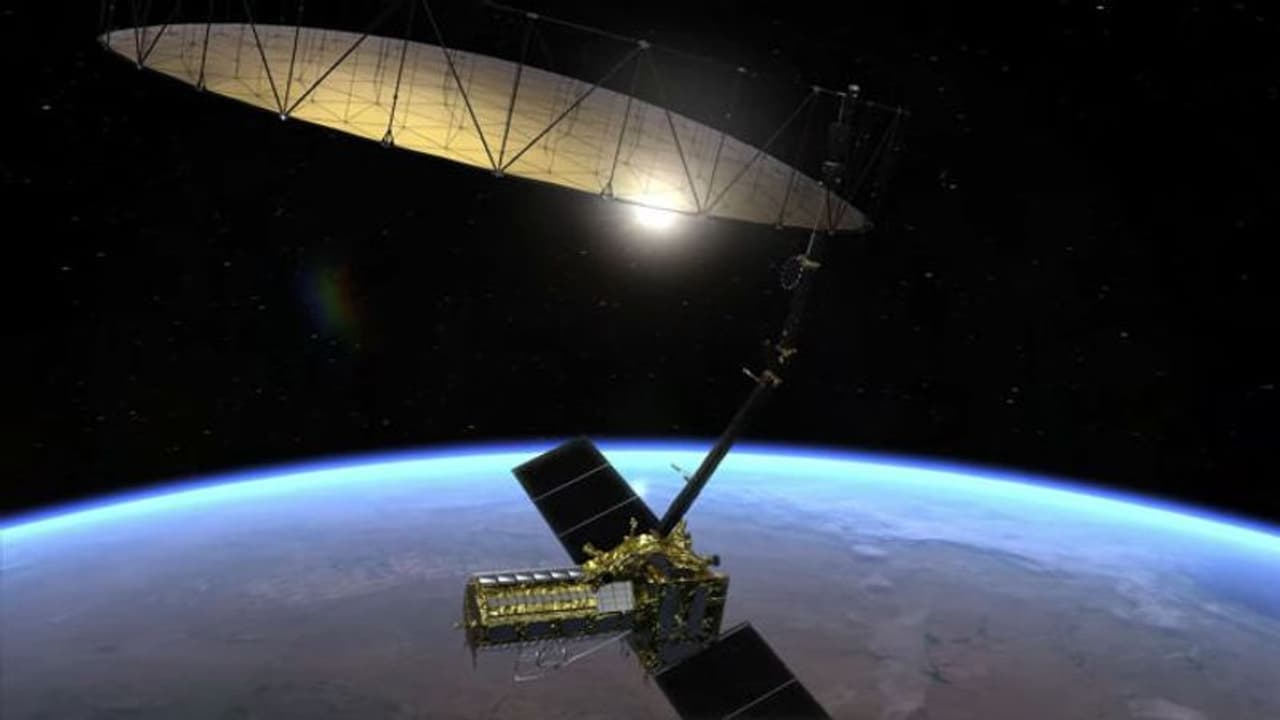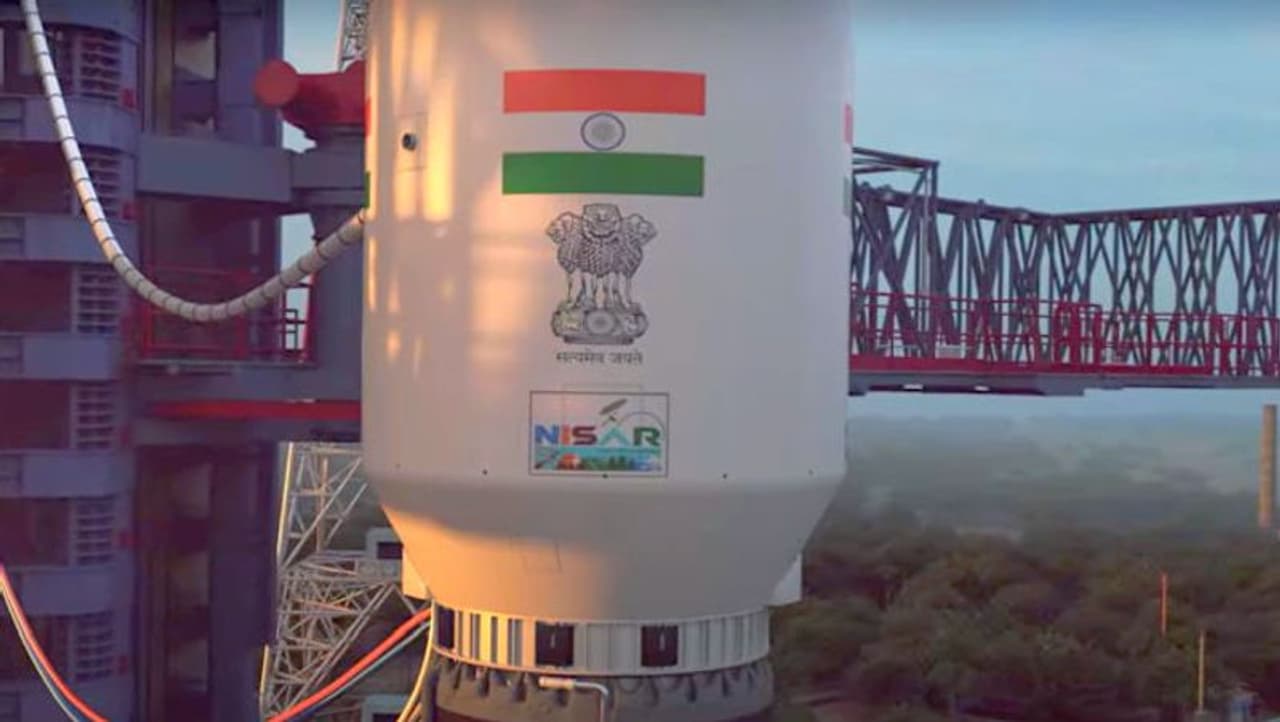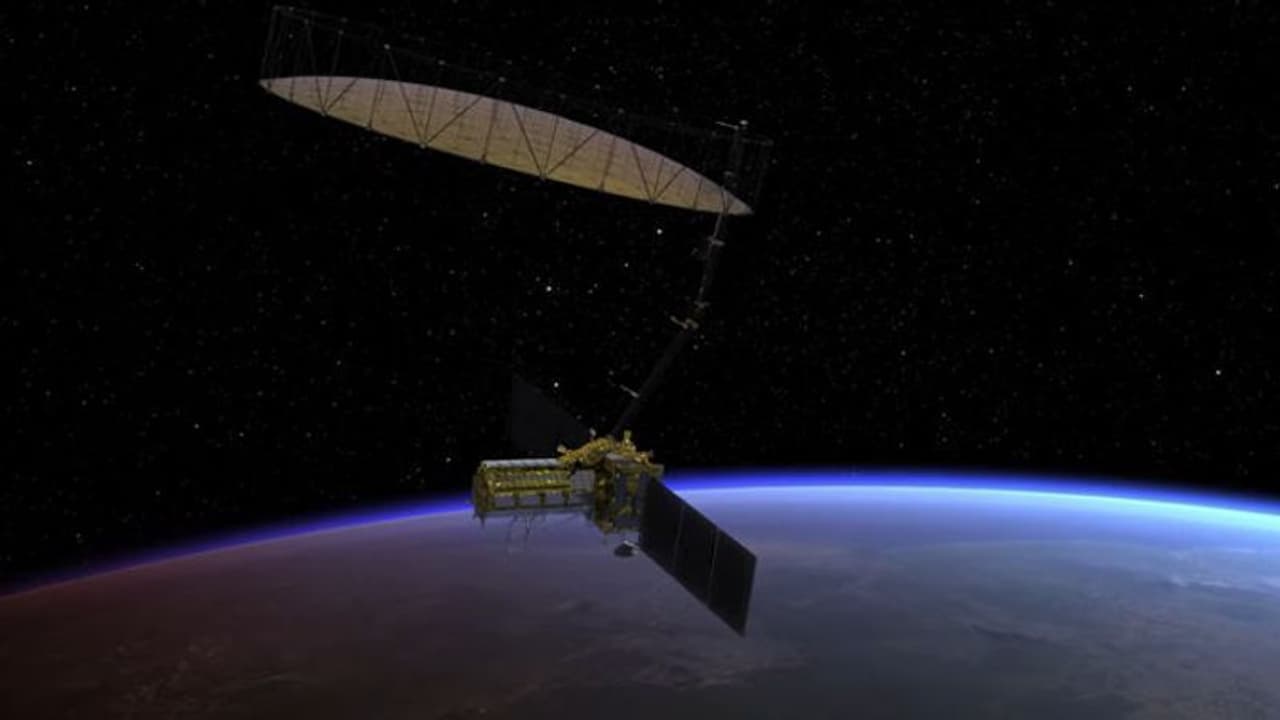Girish Linganna explains how the Low Earth Orbit (LEO) observatory, which is scheduled to be launched in January 2024 from the Satish Dhawan Space Centre, will be the first radar of this type to conduct a regular survey of Earth from space.
On Friday, February 3, a send-off ceremony for the NASA-ISRO Synthetic Aperture Radar (NISAR) Earth-observation satellite, developed jointly by the American space agency, National Aeronautics and Space Administration (NASA), and the Indian Space Research Organisation (ISRO), was held at the Jet Propulsion Laboratory (JPL) in Southern California.

A satellite of SUV-size is set to be transported to India via a special air freight container before the end of the month. NISAR will be the first radar of this type to conduct a regular survey of Earth from space, employing both L-band and S-band frequencies to gauge fluctuations in the surface of our planet down to a size of less than one centimetre.
Under a partnership agreement signed in 2014, NASA and ISRO jointly constructed the NISAR. This Low Earth Orbit (LEO) observatory is scheduled to be launched in January 2024 from the Satish Dhawan Space Centre, with an expected operational lifespan of a minimum of three years. NISAR will be able to map the entire planet within twelve days.
This 2,800 kg satellite consists of both L-band and S-band Synthetic Aperture Radar (SAR) instruments, making it a dual-frequency imaging radar satellite.

NASA has supplied the L-band radar, GPS, a high-capacity solid-state recorder to store data, and a payload data subsystem, while the ISRO has provided the S-band radar, the Geosynchronous Satellite Launch Vehicle (GSLV) launch system, and spacecraft.
NASA requires the L-band radar for its global science operations for a period of no less than three years. Likewise, ISRO will be taking advantage of the S-band radar for a minimum of five years.
S-band radars work with a wavelength of 8-15 cm and a frequency of 2-4 GHz, which makes them less likely to be attenuated and thus ideal for near and far-range weather observation. This instrument structure is equipped with a 39-foot stationary antenna reflector constructed from gold-plated wire mesh. This reflector will aid in concentrating the radar signals emitted and received by the feed which is facing upwards.

Benefits
Once launched into space, NISAR will provide detailed data about Earth's surfaces, aiding researchers in comprehending the sources and results of such occurrences. It will recognize the early signs of natural disasters, such as volcanic activity, seismic activity and landslides. The satellite will also calculate groundwater levels, assess the movements of glaciers and ice shelves, and observe the planet's forests and agricultural areas, which can consequently improve our knowledge of carbon exchange.
The ISRO is going to take advantage of the newly-launched NISAR satellite for various purposes, such as mapping agricultural regions, keeping track of glacier movements in the Himalayas, surveying landslide-prone areas and observing changes in coastlines.
Utilizing synthetic aperture radar (SAR), NISAR will generate high-resolution images. SAR is equipped with the ability to penetrate clouds and can acquire data night and day, regardless of weather conditions.
It is anticipated that NISAR will be launched from Satish Dhawan Space Centre in January 2024 and placed into a near-polar orbit.
